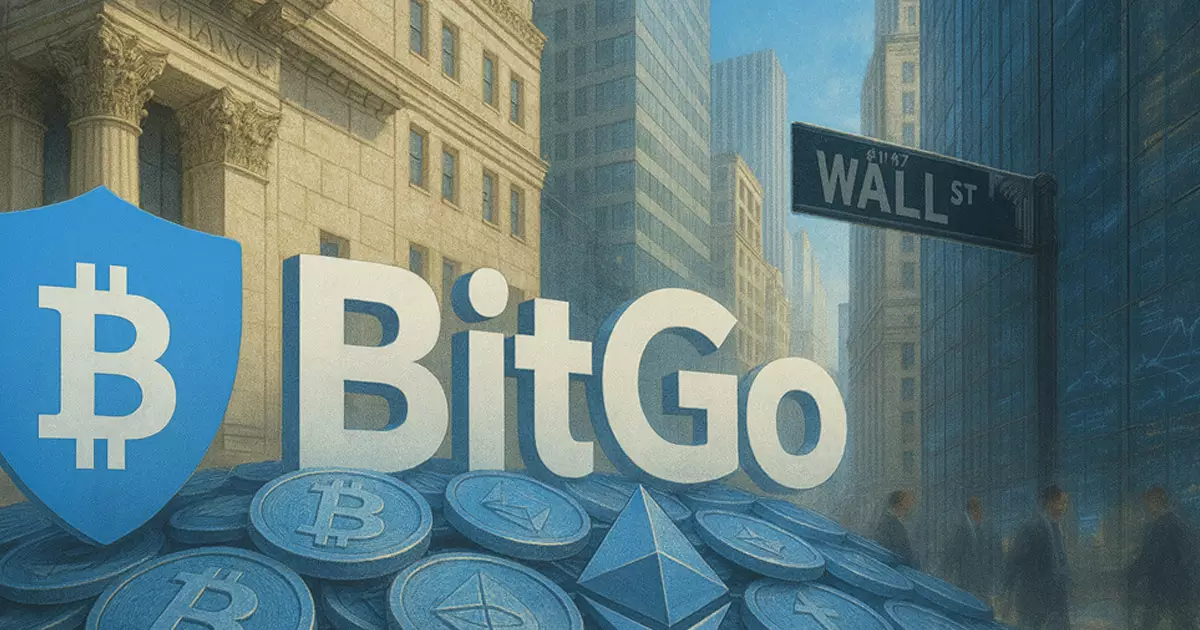BitGo’s recent filing to go public captures the attention of the financial world, not merely due to its impressive revenue projection but because it signals a shift in the broader institutional acceptance of crypto assets. Projected revenues soaring from under $1 billion in 2023 to over $3 billion in 2024 demonstrate that the crypto custody and trading infrastructure is not only viable but thriving. For skeptics, these figures might seem overly ambitious or inflated, but for those with a pragmatic eye, it suggests a genuine acceleration in traditional financial institutions’ trust and reliance on digital assets. BitGo’s growth story underscores a crucial point: digital assets are inching their way into mainstream finance, and established firms are capitalizing on this momentum.
Strategic Positioning for Long-Term Dominance
What makes BitGo’s move particularly significant is its strategic positioning within the evolving regulatory landscape. Securing approval under the EU’s Markets in Crypto-Assets framework is no small feat, highlighting its commitment to compliance and expanding into new markets. Its pursuit of a US national bank charter further cements its ambition to bridge the gap between decentralized finance and traditional banking systems. From a center-right liberal perspective, this fusion is exactly what is needed: fostering innovation while respecting regulatory boundaries. The dual-class share structure, although contentious in some circles for concentration of voting power, ensures that the company’s leadership can steer its long-term vision without undue interference, balancing innovation with stability.
The Risks Behind the Gains
Despite the shiny headline numbers and expanding assets, significant risks lurk beneath the surface. Operating expenses of over $3 billion in 2024, largely driven by digital asset sales costs, highlight the volatility and high cost of maintaining a competitive edge in this space. The rapid growth of client numbers and assets, while promising, could also lead to overextension or quality control issues. Moreover, the crypto industry’s landscape remains unpredictable, with regulatory shifts or market crashes capable of eroding gains swiftly. From a center-right standpoint, a cautious approach is warranted—embracing progress without neglecting the importance of prudent risk management. BitGo’s success will ultimately depend on its ability to sustain profitability, deepen institutional trust, and navigate an increasingly complex regulatory environment.
BitGo stands at a crossroads—an emblem of the digital asset sector’s potential but also a reminder of its inherent fragility. Its aggressive growth, strategic regulatory moves, and institutional focus reflect a sector that’s maturing rapidly. However, its future hinges on disciplined expansion, risk mitigation, and maintaining credibility amidst volatility. For those with a centrist-liberal outlook, BitGo embodies both opportunity and peril; it represents a bold step toward financial innovation, yet also demands vigilance to prevent the sector from becoming destabilized by unchecked ambitions or external shocks. The question remains: Can BitGo leverage its newfound market power responsibly, or will its ambition outpace its stability?

